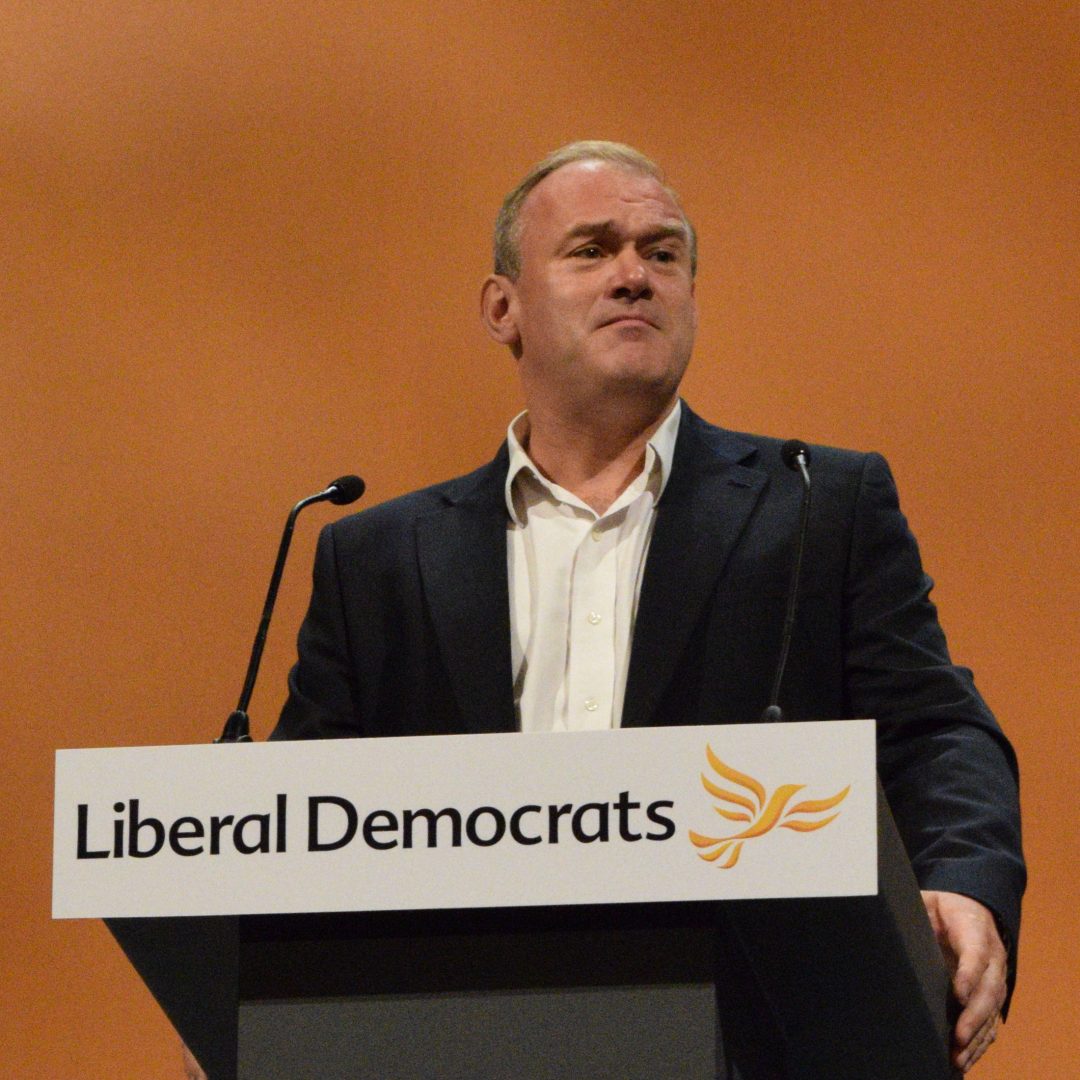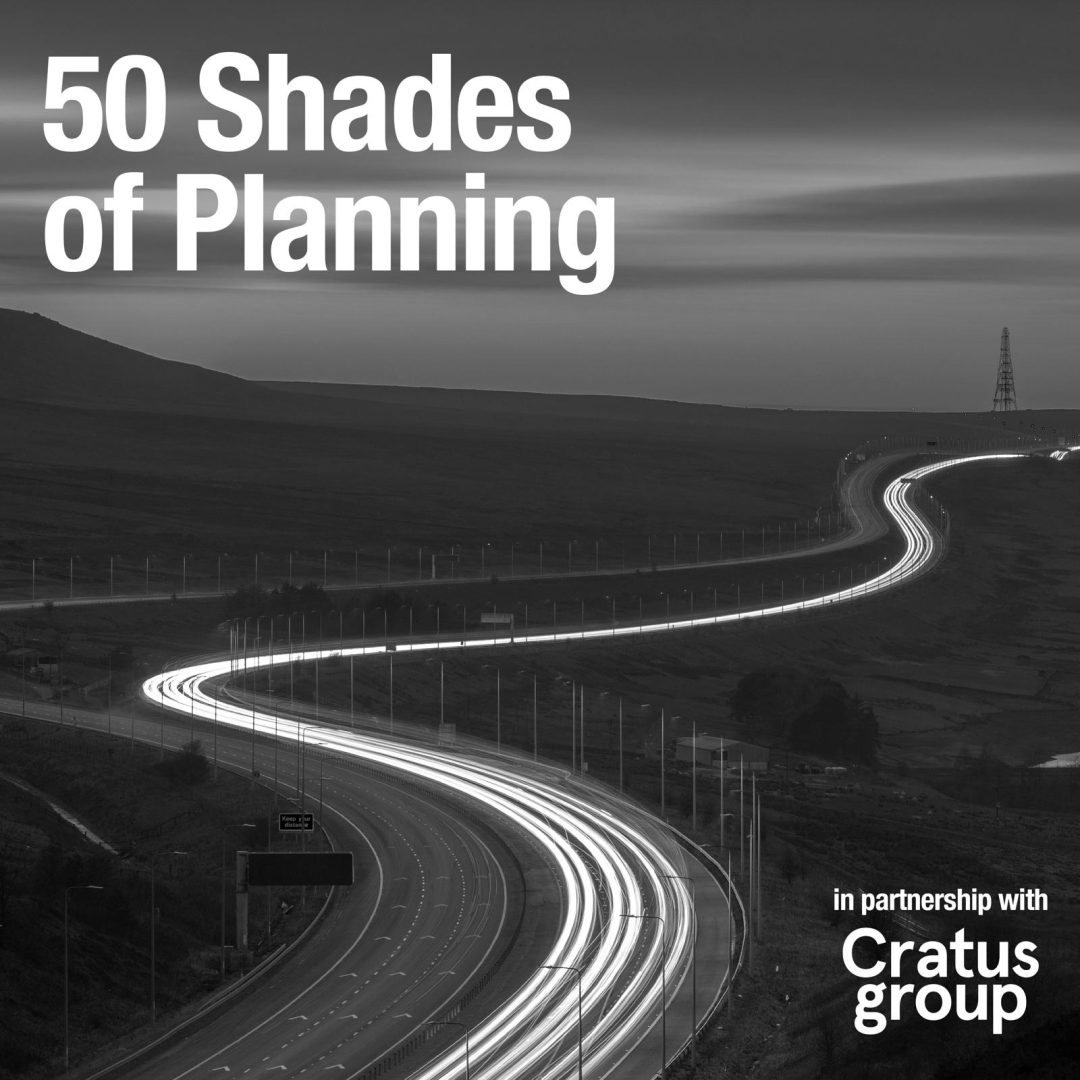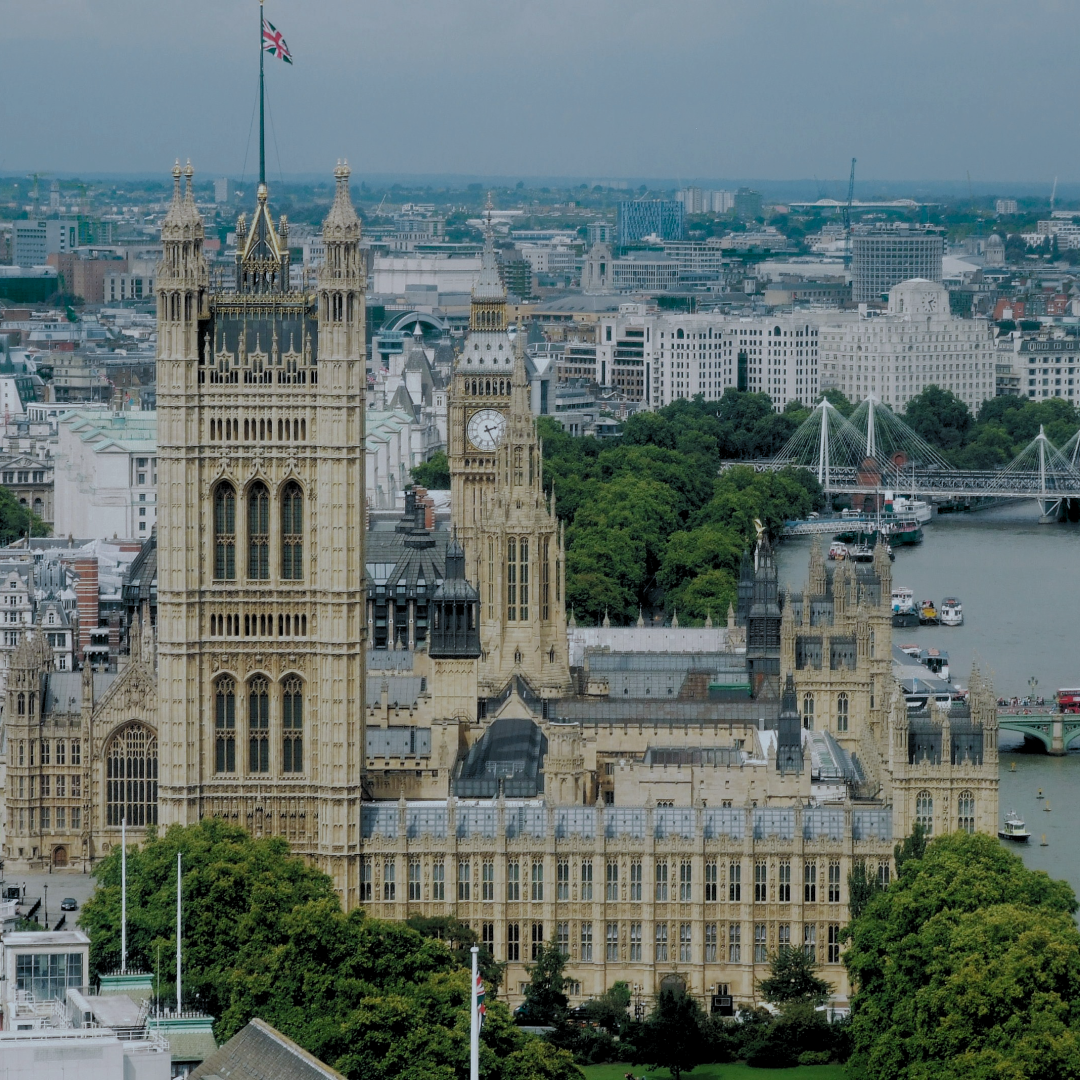Manifesto Highlights for Planning – Liberal Democrats
At 11am on Monday 10 June, the Liberal Democrats launched their 2024 General Election manifesto from Lumiere in London. Flanking the Liberal Democrat leader, Ed Davey, were candidates from across London and the Home Counties where the Liberal Democrats are optimistic about making gains from the Conservatives on 4 July.
While the party highlights the NHS, social care and family carers as main takeaways in the manifesto, Cratus Group has been looking more specifically into what this manifesto means for planning and the housing crisis.
The showstopper for those of us looking for the Liberal Democrat approach to planning is that the fierce battle at their September 2023 Party Conference has made it into the manifesto – the Liberal Democrats are going into this election committed to building 380,000 new homes per year, which will include 150,000 social homes per year. The party suggests these will be delivered through their plan for new 10 Garden Cities and community-led development of cities and towns, implicitly taking a stance against greenfield development.
On the housing crisis as a whole, those 150,000 new social homes a year is the flagship line. They estimate this will cost £6.2 billion, alongside a pledge to deliver gigabit broadband to every home and business. It would be backed up by reforming the Land Compensation Act 1961 to give councils the ability to buy land for housing based on current rather than “hope” value, neatly bringing the costs down and helping councils to benefits from the upside of planning.
Nevertheless, the party is clearly still wary of housebuilders. The manifesto asserts “newly built homes are often energy inefficient and environmentally unfriendly” and takes aim at land banking with a ‘use it or lose it’ approach to planning permission for developers who “refuse to build”. For many applications, current rules already set an expiration for planning permission at three years, but some permissions are given different lifespans. This language is perhaps no surprise to those who attended the conference and heard housebuilders described in very unflattering terms.
Echoing the party’s legacy in coalition, it would not return to strategic or regional planning, but rather vows to strengthen neighbourhood planning. This is in contrast to Labour’s proposals as Matthew Pennycook, Labour’s Shadow Housing Minister, last October revealed Labour would give planning powers to regional mayors. (We’ll have more on Labour’s approach later this week)
However, some elements of strategic planning would need to return under the Liberal Democrat plan to integrate infrastructure and public service delivery into the planning system, which will in turn require the planning system to consider regional transport infrastructure. Needless to say, there is little detail as to how this might be achieved.
All of this will require more resources, including more planning officers. The Liberal Democrats propose “properly funding” planning departments by allowing local authorities to set their own fees.
The Liberal Democrats have committed to 10 new Garden Cities compared to Labour’s 12. This could be met with some scepticism, given how often new towns – in one form or another – have been mooted in British politics over the past two decades. Expect this to be a means for the Liberal Democrats to avoid saying exactly where their 380,000 homes could be built, as many would be earmarked for a new Milton Keynes or Stevenage, or along the OxCam Arc, or somewhere non-specific in the Home Counties.
It is highly unlikely that we will see a Liberal Democrat Secretary of State for Levelling Up, Housing and Communities in reality. In the event that Labour falls short of a majority and seeks support from Ed Davey, planning will not be at the top of the party’s demands given Mr Davey’s emphasis on health and social care this time around. Should the Liberal Democrat approach to planning be put into practice, it is not clear how exactly the party would deliver 380,000 homes a year.
150,000 social homes for less than £6.2 billion would mean delivering them at a cost of less than £41,300 each, which would be particularly difficult in the housing stressed South East and London. This would also still leave 230,000 market rate or affordable homes left to deliver out of their target ever year with only expanded Neighbourhood Planning and better staffed planning departments to deliver them.
Overall, the Liberal Democrat approach is one which leaves hope for those seeking homes and those needing an affordable home, but unlike some of their other plans, the Liberal Democrats do have the means to deliver more homes in the councils they already control. It is now up to them to see if they can deliver on the national platform. We’ll keep reporting – but do contact us for more.








